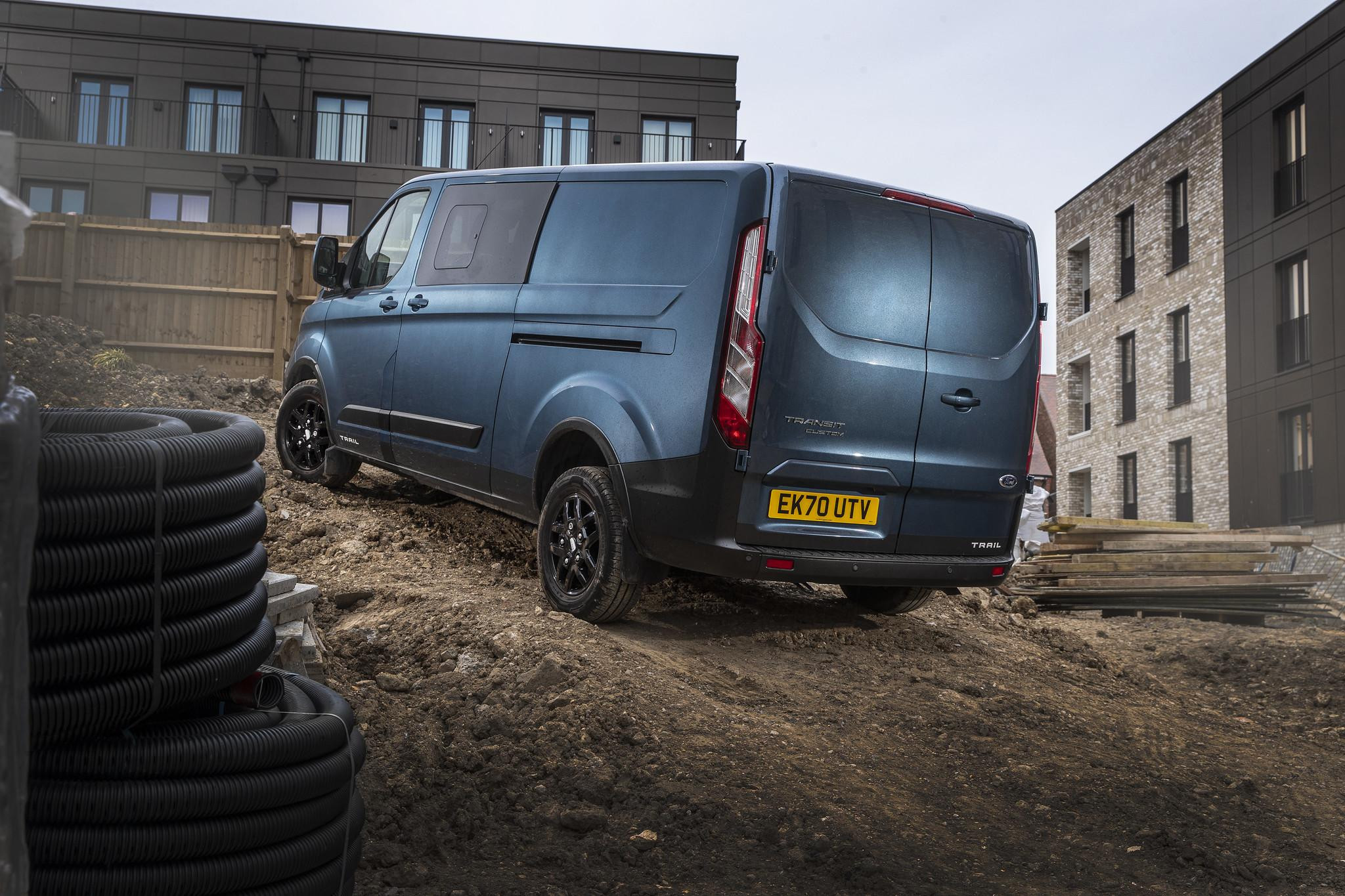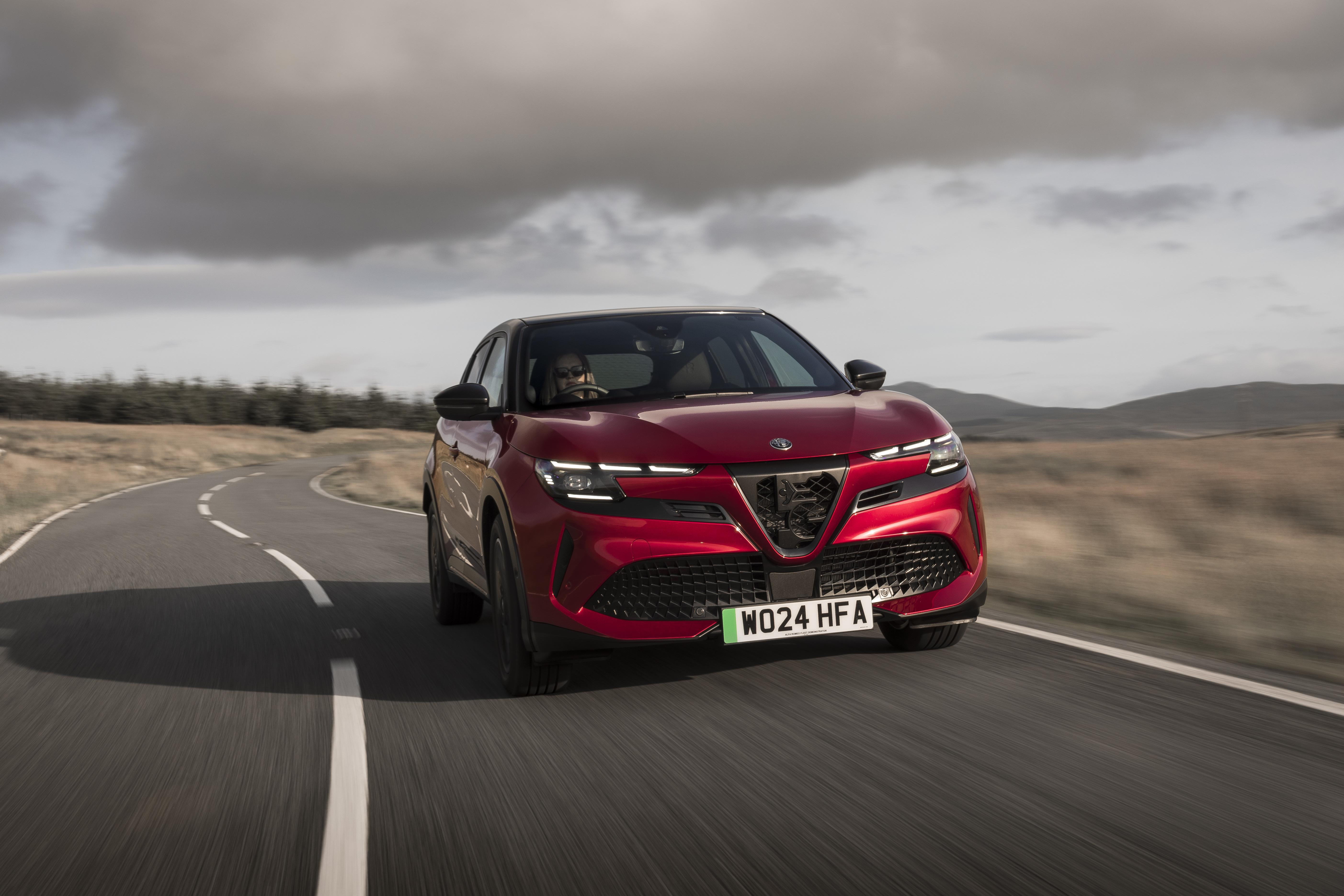Service Rating | 1,422 reviews
Mon - Fri: 9am - 5:30pm
The Government has announced a series of revisions to its electric vehicle plans. Under them, certain electrified vehicles will be allowed to remain on-sale for longer, while smaller manufacturers won’t have to meet the stringent EV targets that are being applied to larger firms.
But what else has changed and what do you need to know? Let’s take a look.
Full and plug-in hybrids to remain on sale until 2035
This is one of the main changes that comes as part of the wider revisions. Now, regular and plug-in hybrids will be allowed to remain on sale until 2035. It had previously been unclear as to whether or not these would be discontinued in 2030 alongside regular petrol and diesel cars.
However, it appears that ‘mild’ hybrids won’t qualify for this extension, with the Government citing cars like the Toyota Prius and Nissan’s ‘e-Power’ models as examples of those hybrids which will be allowed to remain on sale until 2035.
Petrol and diesel vans can be sold until 2035

It’s good news if you’re looking to buy a new petrol or diesel van, too, as they’ll be kept on sale until 2035 alongside electric and hybrid versions. Previously, it was believed that the sale of new petrol and diesel vans would have to stop in 2030, alongside those for regular petrol and diesel cars.
However, it’s likely that more hybrid and electric vans will come on to the market as we approach the middle of the next decade.
Further flexibility on ZEV targets

One of the biggest challenges facing car manufacturers has been the Zero Emissions Vehicle - or ZEV - mandate, which requires car companies to produce a certain percentage of electric vehicles out of their total production numbers. Over the years, this requirement is getting higher with more electric vehicles needing to be built out of a manufacturer’s total as we get closer to 2030.
However, some flexibility has been introduced as part of these latest changes. For example, car manufacturers can now exceed their CO2 targets in one year, but transfer this to a different year where they may be facing trickier periods. This system is now permitted up until 2029, having only been available previously up to 2025.
In addition, manufacturers will now be able to transfer electric van ‘credits’ for car ones. Previously, only electric van credits could be swapped for other vans, whereas now cars and vans can be interchanged. For example, one electric van sale can be exchanged for 0.4 credits, while an electric van credit can be swapped for two cars. This allows manufacturers to better match targets.
What has the car industry said?
Edmund King, AA president, said: “Today’s announcements are a pragmatic step forward which we hope will help manufacturers and give confidence to drivers. The inclusion of hybrids can act as a stepping stone to help those not yet ready to make the full switch to electric.
“Our consistent message to government is more needs to be done to make EVs accessible for everyone. Generally, drivers are hesitant, but most are not hostile to the change.”
Mike Hawes, SMMT Chief Executive, said: “The government has rightly listened to industry, responded quickly to global dynamics and recognised the intense pressure manufacturers are under.
“Industry remains committed to decarbonising road transport but the ZEV Mandate targets are incredibly challenging, especially with a paucity of consumer demand and geopolitical upheaval. Growing EV demand to the levels needed still requires equally bold fiscal incentives, however, to give motorists full confidence to switch.”